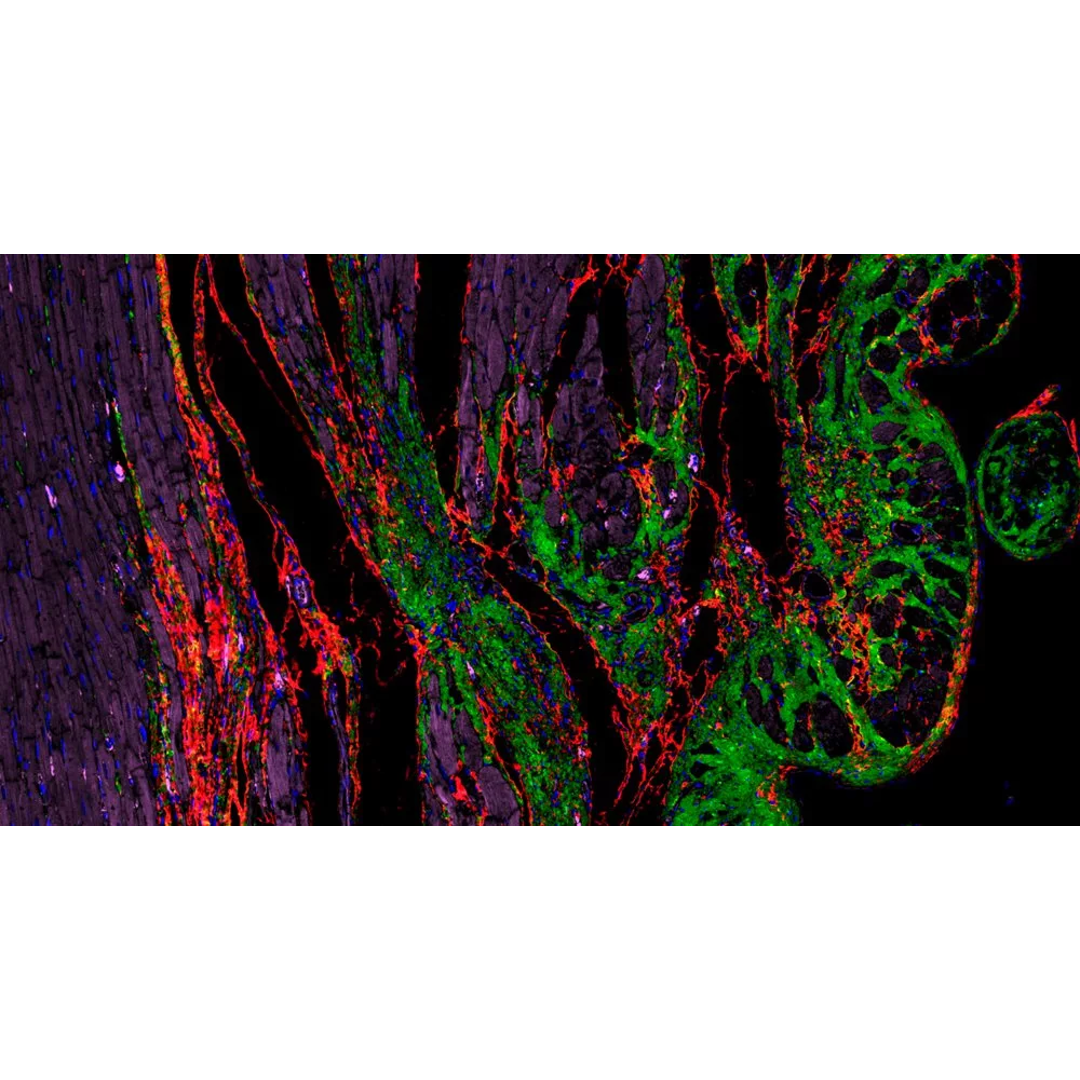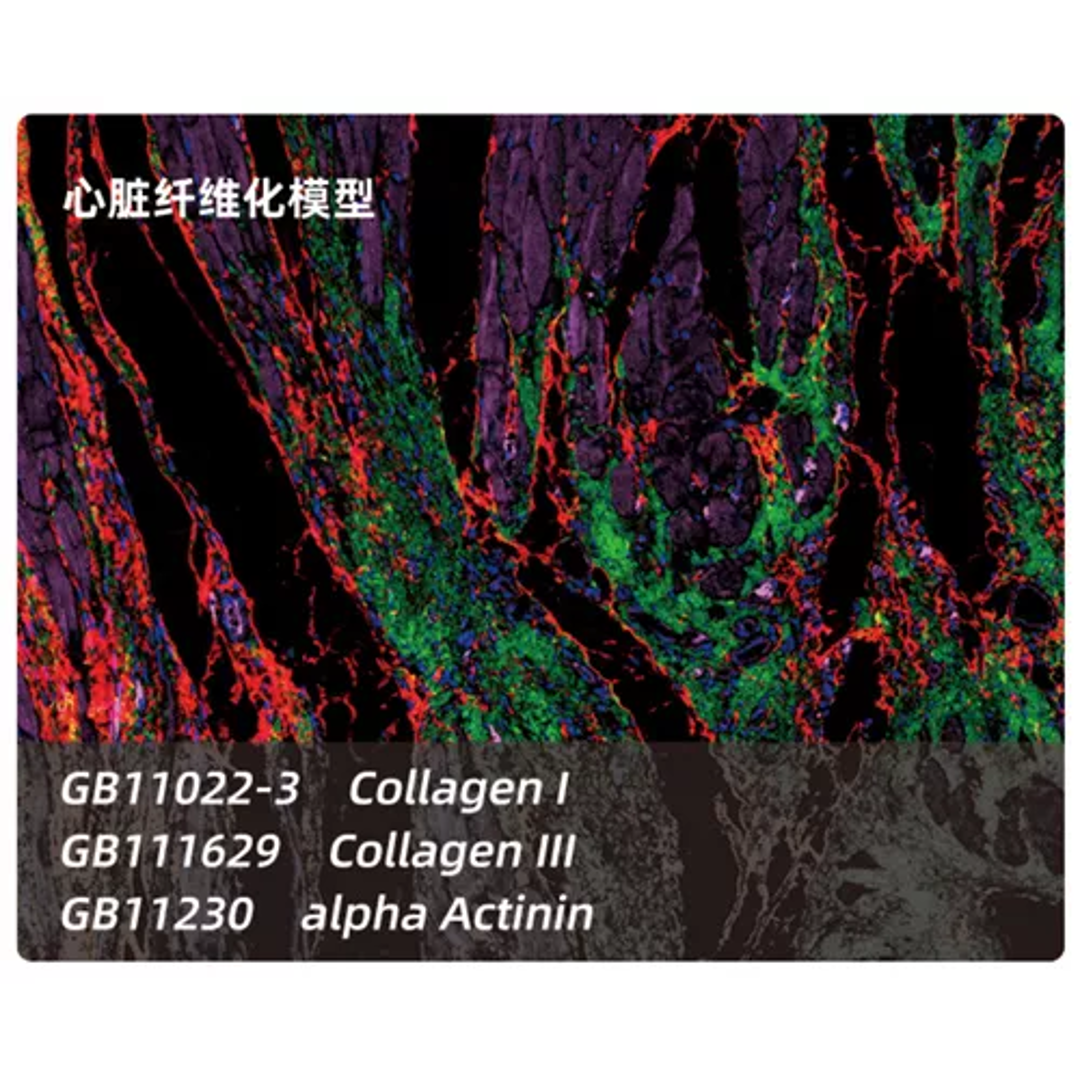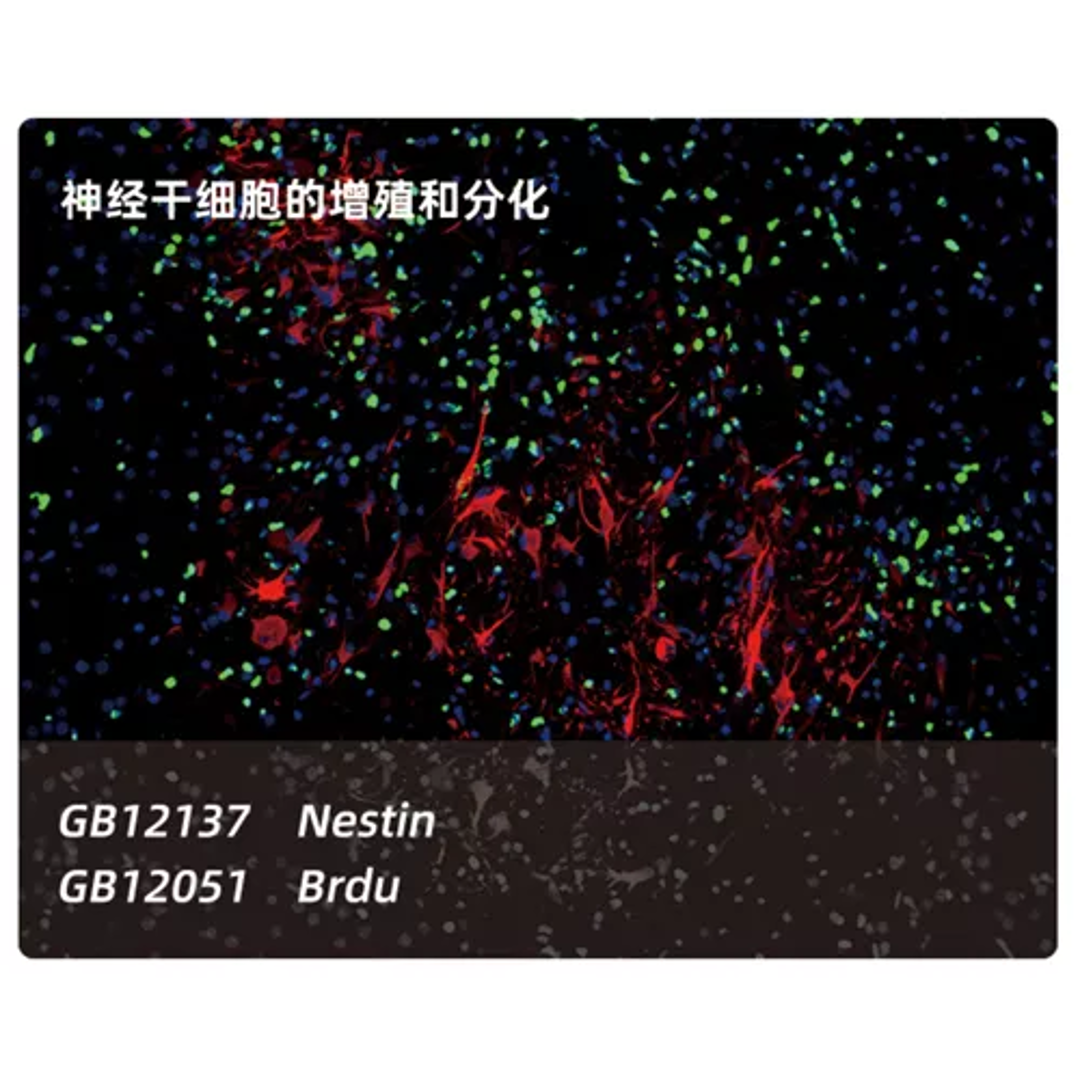- Products
- Consumables
- Equipment
- Reagent
- Culture Media
- Buffer
- Powder
- Molecular Assay
- Nucleic Acid Preservation & Remover
- Nucleic Acid Extraction
- Reverse Transcription
- PCR Amplification
- Nucleic Acid Electrophoresis
- Protein Assay
- Protein Extraction
- Gel Preparation
- Protein Electrophoresis
- Protein Transfer
- Antibody
- ECL Kit
- Cell Separation and Digestion
- Nucleus Fluorescence Detection
- Cell Apoptosis Detection
- Cell Proliferation Detection
- Pathological
- Fixative & Dewaxing Liquid
- Staining Solution
- Antigen-Retrieval Solution
- Immunohistochemistry Kit
- Immunofluorescence Staining Kit
- Mounting Media
- Monitoring Equipment
- Digital 3D Solutions
- Radiography & Imaging Systems
- Dental Units and Accessories
- Handpiece
- Scaling and Polishing
- Files and Burs
- Implants Surgery
- Endodontics
- Laser System
- Maintenance Disinfection
- General Dental Products
- Curing Light
- Distilled Water Machine
- Furniture and Designs
- Base Plate Wax
- Cotton roll dispensers
- Disposable Saliva Ejectors
- Micro Applicator
- Mixing Bowl and Spatula
- Bur holder box
- Dam Kit
- Safety Glasses
- Sectional Contoured Matrices Kit
- Disposable Dental Air Water Syringe Tips
- Denture Box
- Others
- Retractor
- Implant Tray
- Mobile Side Cabinet in Consulting Room
- Solutions
- Careers
- About Us
G1236-50T TSAPLus Fluorescence Triple Staining Kit Tyramide Signal Amplification Immunofluorescence Reagent
This product TSAPLus fluorescent triple staining kit is suitable for immunofluorescence multiple staining of paraffin sections, especially for multiple fluorescent immunolabeling of primary antibodies from the same source, and also for multiple fluorescent immunolabeling of antibodies from different sources. The main principle is based on tyramide signal amplification (TSA, Tyramide signal amplification), hereinafter referred to as TSA technology. The main principle of TSA technology is to use the peroxidase reaction of tyramide (that is, the fluorescently labeled tyramide salt forms a covalent bond binding site under HRP catalyzed by H2O2) to produce a large number of enzymatic reactions. This product can interact with the surrounding Protein residues (including tryptophan, histidine, and tyrosine residues) combine to form a large amount of fluorescein deposition at the antigen-antibody binding site to achieve signal amplification. This kit uses fluorescent dyes 488/555/647 to label tyramine. The resulting fluorescent tyramine has strong fluorescence and stable signal, which can be used for multiple repeated immunolabeling to achieve multiple fluorescent staining.
Quantity
Package Contents:
| Item code | Description | G1236-50T | G1236-100T | Storage Temperature |
|---|---|---|---|---|
| G1236-1 | iF488-Tyramide | 25µL | 2x25µL | -20ºC |
| G1236-2 | iF555-Tyramide | 25µL | 2x25µL | -20ºC |
| G1236-3 | iF647-Tyramide | 25µL | 2x25µL | -20ºC |
| G1236-4 | Tyramide diluent | 50mL | 50mL | 4ºC |
| G1236-5 | DAPI (ready to use) | 10mL | 20mL | 4ºC |
| G1236-6 | Tissue autofluorescence quencher A solution | 10mL | 20mL | Room Temperature |
| G1236-7 | Tissue autofluorescence quencher B solution | 10mL | 20mL | Room Temperature |
| G1236-8 | Anti-Fluorescence quencher | 5mL | 10mL | -20ºC |
Technical Specification
The fluorescence spectrum data of the relevant fluorescent dyes of the TSA series fluorescent staining kits are as follows:
| Fluorescent Dye Type | Ex/Em |
|---|---|
| FITC-Tyramide | 492/518 |
| CY3-Tyramide | 555/569 |
| iF488-Tyramide | 491/516 |
| iF555-Tyramide | 557/570 |
| iF647-Tyramide | 656/670 |
Storage conditions:
Ice packs transportation, store at -20°C, valid period is 12 months.
Preparation before experiment:
- Prepare 0.01 mol/L PBS buffer (pH7.0-7.4, recommended G4202 or G0002), 3% H2O2 and 0.3% H2O2;
- Prepare primary antibody and corresponding HRP-labeled secondary antibody, antigen retrieval solution (choose the appropriate antigen retrieval solution according to the type of antibody and tissue);
- According to the dosage, prepare TSA dyeing working solution according to the following ratio.
|
TSA staining working solution |
Reagent item |
Volume |
|---|---|---|
|
TSA-488 staining solution |
Tyramide diluent |
1 mL |
|
0.3% H2O2 |
10 μL |
|
|
iF488-Tyramide |
2 μL |
|
|
TSA-555 staining solution |
Tyramide diluent |
1 mL |
|
0.3% H2O2 |
10 μL |
|
|
iF555-Tyramide |
2 μL |
|
|
TSA-647 staining solution |
Tyramide diluent |
1 mL |
|
0.3% H2O2 |
10 μL |
|
|
iF647-Tyramide |
2 μL |
Note: After the fluorescent Tyramide is melted, centrifuge it for a short time, and then take it after mixing with clean pipette tips. TSA staining working solution is recommended to be prepared for immediate use. It should be stored at 4°C and protected from light, and it is effective within 24 hours.
Steps
Taking tissue slides as an example, the water in the following experimental steps is pure water.
- Deparaffinize tissue sections to water;
- Antigen retrieval: According to the primary antibody used and the type of sample, use an appropriate method to perform antigen retrieval on the tissue section.
- Wash 3 times with PBS, 5 min each time, use an Pap Pen to circle and mark the tissue;
- Add 100 μL tissue autofluorescence quencher A solution dropwise to the tissue, incubate at room temperature for 30 min, and wash for 5 min;
- Inactivate endogenous peroxidase: Add 3% H2O2 to the section to cover the tissue, and incubate in the dark at room temperature for 25 minutes, to block endogenous peroxidase to reduce non-specific background staining. Wash 3 times with 1×PBS, 5 min each time;
- Block: After the slides are slightly dried, 3% BSA or serum is added dropwise to seal for 30 minutes. The blocking reagent is determined according to the species of the primary antibody and the secondary antibody;
- Incubate the primary antibody: Dilute the primary antibody to an appropriate concentration with 1×PBS or blocking solution (G2010 is recommended). Gently shake off the blocking solution on the section, add the diluted primary antibody dropwise to cover the tissue, and place the section flat in a humid chamber box with water and incubate overnight at 4°C. Wash 3 times with 1×PBS, 5 min each time;
- Incubate the HRP-labeled secondary antibody: Dilute the secondary antibody to an appropriate concentration with 1×PBS or blocking solution (G2010 is recommended), add the secondary antibody dropwise to the tissue, and incubate at room temperature for 50 min. Wash 3 times with 1×PBS, 5 min each time;
- Add 50-100μL TSA-488 staining working solution to the tissue to ensure that the tissue is completely covered, and incubate for 10 min at room temperature in the dark. Wash with 1×PBS 3 times, 5 min each time;
- Microwave treatment: The tissue section is placed in a repair box filled with antigen retrieval solution (choose the appropriate antigen retrieval solution according to the tissue type and antibody) for microwave heating treatment to remove the bound primary and secondary antibodies. In this step, it is necessary to prevent dry flakes caused by excessive liquid evaporation.
- Repeat step 7 to incubate the second primary antibody: Dilute the second antibody (primary antibody) to be tested with PBS (or other antibody diluent) to an appropriate concentration. Gently shake off the liquid on the section, add the diluted antibody dropwise to cover the tissue, and place the section flat in a humidified box with water and incubate overnight at 4°C. Wash with PBS 3 times, 5 min each time;
- Repeat step 8 to incubate the corresponding HRP secondary antibody: dilute the secondary antibody to an appropriate concentration with PBS (or other antibody diluent), add the secondary antibody dropwise to the tissue, and incubate at room temperature for 50 min. Wash with PBS 3 times, 5 min each time;
- Add 50-100μL TSA-555 staining working solution to the tissue to ensure that the tissue is completely covered, and incubate for 10 minutes at room temperature in the dark. Wash with PBS 3 times, 5 min each time;
- Microwave treatment: The tissue section is placed in a repair box filled with antigen retrieval solution (choose the appropriate antigen retrieval solution according to the tissue type and antibody) for microwave heating treatment to remove the bound primary and secondary antibodies. In this step, it is necessary to prevent dry flakes caused by excessive liquid evaporation.
- Repeat step 7 to incubate the second primary antibody: Dilute the second antibody (primary antibody) to be tested with PBS (or other antibody diluent) to an appropriate concentration. Gently shake off the liquid on the section, add the diluted antibody dropwise to cover the tissue, and place the section flat in a humidified box with water and incubate overnight at 4°C. Wash with PBS 3 times, 5 min each time;
- Repeat step 8 to incubate the corresponding HRP secondary antibody: dilute the secondary antibody to an appropriate concentration with PBS (or other antibody diluent), add the secondary antibody dropwise to the tissue, and incubate at room temperature for 50 min. Wash with PBS 3 times, 5 min each time;
- Add 50-100μL TSA-647 staining working solution to the tissue to ensure that the tissue is completely covered, and incubate for 10 minutes at room temperature in the dark. Wash with PBS 3 times, 5 min each time;
- Nucleus counterstaining with DAPI: After the sections are dried slightly, add DAPI staining solution to the tissue, and incubate for 10 minutes at room temperature in the dark. Wash with PBS 3 times, 5 min each time.
- Tissue autofluorescence quenching: Add tissue autofluorescence quencher B solution dropwise to the tissue, incubate at room temperature for 5 min, and rinse with running water for 3 min;
- Mounting and microscopic examination: After the sections are dried slightly, add anti-fluorescence quencher to mount the slides. Observe and collect images with a fluorescence microscope or a confocal laser microscope. The slices can be stored for 15 days at 4°C in a light-proof slide box.
Precautions
- Compared with fluorescent secondary antibody, TSA kit has higher sensitivity and stronger signal. Therefore, the concentration of the primary antibody needs to be reduced, generally by 5-10 times on the basis of the dilution ratio recommended in the antibody manual, to reduce the background fluorescence caused by non-specific binding. It is recommended to set the gradient concentration of the primary antibody to obtain the best effect.
- If the background fluorescence is strong, it is recommended to add tissue autofluorescence quenching step.
- The recommended dilution ratio of fluorescent Tyramide is 1:500, and the dilution ratio can be adjusted according to the experimental results (the recommended dilution ratio range is 1:200-1:1000).
- For multiple fluorescent labeling, it is recommended to incubate the polyclonal antibody first, then incubate the monoclonal antibody; incubate the antibody corresponding to the low-abundance target protein first, and then incubate the antibody corresponding to the high-abundance target protein.

Medical
Therapeutic Equipment
- HIFU
- Humidifier
- Ventilators
General Hospital Equipment
Diagnostic Equipment
Surgical Consumables
CareX™ robotics bedside care solutions

In Vitro Diagnostics and Life Sciences
Consumables
- PCR Consumables
- Tubes
- Micro-centrifuge Tube
- Low Retention Centrifuge Tube
- Large Volume Centrifuge Tube, Sterile
- Centrifuge Tube 5mL, Sterile
- Test Tube
- Tube Rack
- Coolbox
- Screw Cap Tube
- Screw Cap
- Transport Tube
- Cryoware
- Filtration
- Vacuum Filtration System
- Syringe Filter
- Membrane Filter
- Filter Paper
- Disposable Bottle Top Vacuum Filter
- Cell Culture & Microbiology
- Cell Culture Dish
- Cell Culture Flask
- Erlenmeyer Flask
- Cell Culture Plate
- Cell Culture Insert
- Bio-reaction Tubes
- Cell Scraper & Lifter
- Glass Coverslip
- Confocal Dish
- Chamber Slide
- Cell Strainer
- Confocal Plate
- Petri Dish
- Pipette Tips
Reagent
- Culture Media
- Buffer
- Powder
- Molecular Assay
- Nucleic Acid Preservation & Remover
- Nucleic Acid Extraction
- Reverse Transcription
- PCR Amplification
- Nucleic Acid Electrophoresis
- Protein Assay
- Protein Extraction
- Gel Preparation
- Protein Electrophoresis
- Protein Transfer
- Antibody
- ECL Kit
- Cell Separation and Digestion
- Nucleus Fluorescence Detection
- Cell Apoptosis Detection
- Cell Proliferation Detection
- Pathological
- Fixative & Dewaxing Liquid
- Staining Solution
- Antigen-Retrieval Solution
- Immunohistochemistry Kit
- Immunofluorescence Staining Kit
- Mounting Media
Monitoring Equipment

Dental
Digital 3D Solutions
Radiography & Imaging Systems
Dental Units and Accessories
Scaling and Polishing
Files and Burs
Implants Surgery
- BC and BV Series
- Implant System
- Surgical Kits
Endodontics
Maintenance Disinfection
- Sterilization Line
- Sealing Machine
General Dental Products
- Curing Light
- Distilled Water Machine
- Furniture and Designs
- Base Plate Wax
- Cotton roll dispensers
- Disposable Saliva Ejectors
- Micro Applicator
- Mixing Bowl and Spatula
- Bur holder box
- Dam Kit
- Safety Glasses
- Sectional Contoured Matrices Kit
- Disposable Dental Air Water Syringe Tips
- Denture Box
- Others
- Retractor
- Implant Tray
- Mobile Side Cabinet in Consulting Room
VetCare Solutions
Anesthesia
Dental Equipment
Critical Care Equipment
Surgical Equipment
Laboratory Diagnostics
Examination Diagnostics
Grooming Equipment
Cages
Eco Friendly Products
Consumables
SGVET Suntec
Quest Asia Technologies
SAMSUNG Ultrasound
Products
Media Center
About Us
© 2026 AJJ Healthcare Management Pte. Ltd
Powered by.png) Xsosys Technology (S) Pte. Ltd.
Xsosys Technology (S) Pte. Ltd.







